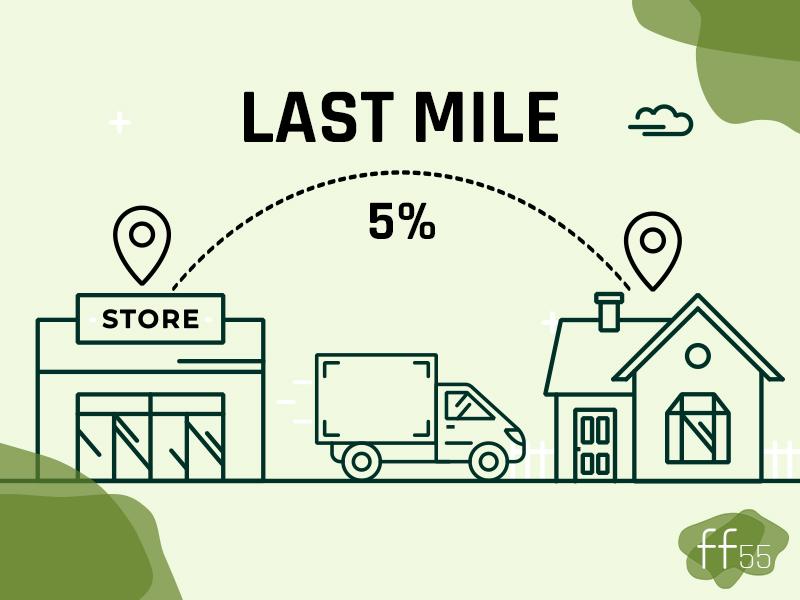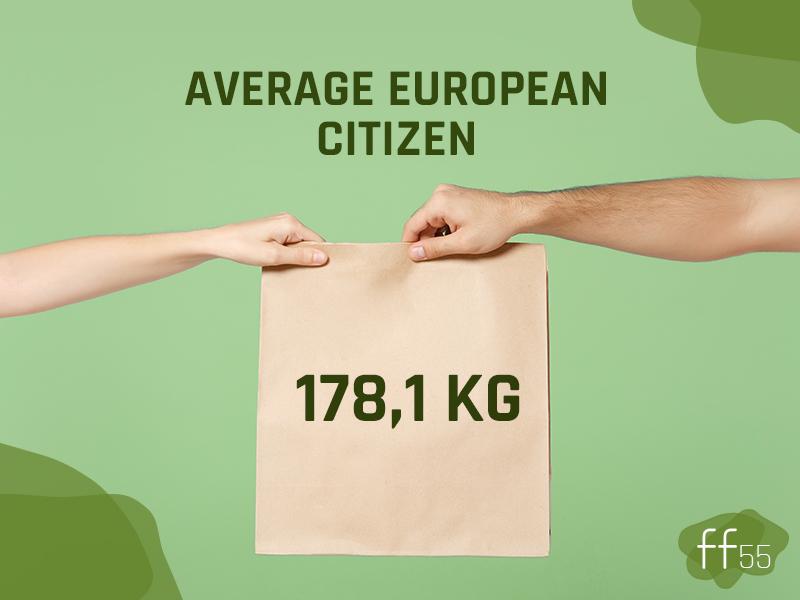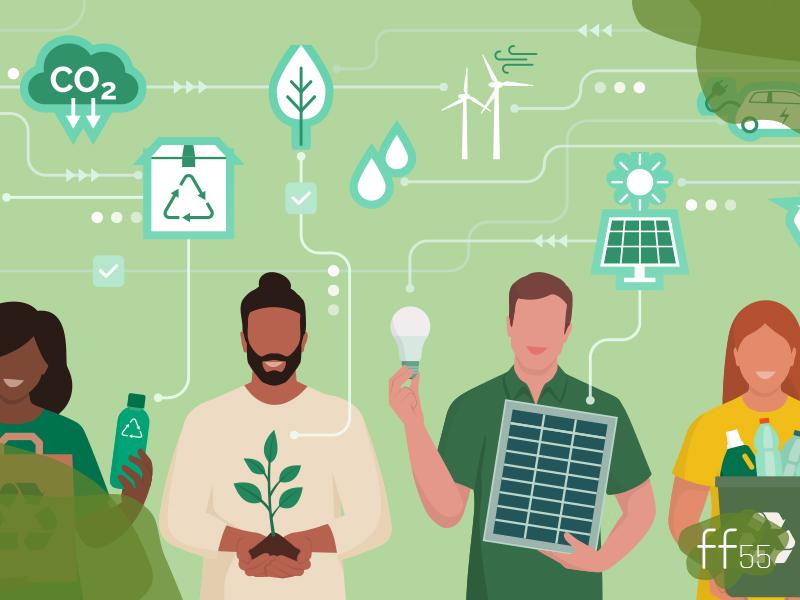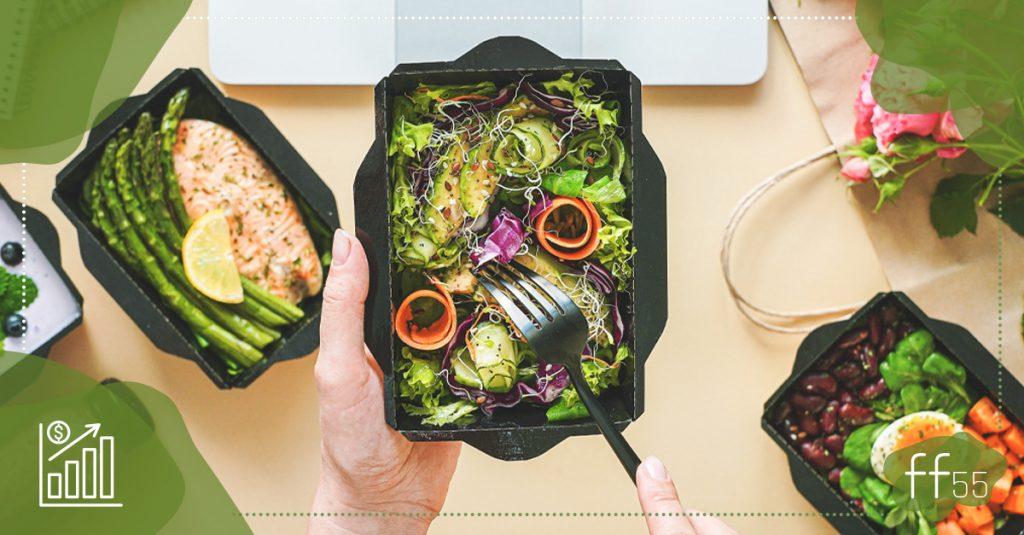The pandemic has taught us many lessons about a more sustainable society through a reduced demand for mobility – two years ago iconic sights included empty streets and the Himalaya that could be seen again from Saharanpur. Among our many new buzzwords from ‘remote working’ to ‘lockdown’ one emerged that influenced the revival of nature: home delivery. We didn’t go shopping, but we didn’t want to stop shopping either.
The Last Mile Story as We Knew It
In logistics ‘last mile’ is the final movement of goods, usually from a warehouse or a shop to their destination – for simplicity, let’s just say: your home.
Usually, 5% of total supply chain emissions are linked to this last mile. It may seem small so let’s put in perspective. Take a look at the label of the clothes you’re wearing right now. Check the device you’re reading this post on. How about the ingredients of your lunch today? Presumably, the distance between a warehouse and your home is fundamentally shorter than the country of origin of your goods and your own country.

Fancy packaging, ugly carbon footprint
Producing wrapping and boxes also requires resources that need to be delivered to manufacturers then their final products are shipped to retailers who use them and send their goods to us. In 2019 the “average European citizen” generated 178.1 kg packaging waste.
So, altogether is it better to choose home delivery or not? Can we reduce the impact of it or even turn the trend green? We think it is possible.

Together We’re Cutting Emissions in Half
It isn’t rocket science: planning and co-operation are key in dropping per capita emission rates. Most of it is already done by corporations for the most tangible reason possible: maximising profit. Optimising routes cuts costs on one hand, whilst it also reduces emissions.

We’ve mentioned co-operation as another important factor and that means you and us and mostly all inhabitants of the blue planet: we are all consumers and we must really consider delivery options – just as much as we consider quality, price or look.
Luckily, again, corporates are helping to make the right decision. More and more parcel services offer pick-up point delivery while others highlight the timeslots that are already booked in your area, meaning the same van will deliver to you and perhaps your next-door neighbour.
Big Data & Artificial Intelligence
Tech isn’t omnipotent. But it certainly can help in a variety of environmental protection issues. As for the last mile delivery it can make routes even more efficient by using big data and if we give consent in accordance with GDPR requirements, our personal data, purchasing patterns and delivery data helps to optimise stocks and routes resulting in lowering last-mile carbon footprint.

As we know the devil is in the detail – with last mile delivery things can go either awfully wrong or change for the (significantly) better.
If we remain conscious consumers or start to consider factors we haven’t considered in the past, such as the pros and cons of home delivery vs. going to the shop, we can rightfully hope for the latter.




